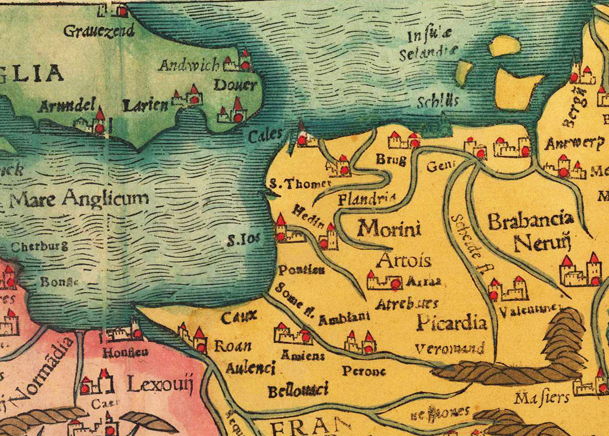A precious jewel: English Calais, 1347–1558
Historian article

An unexpected victory...
For 200 years the English Crown held the town and fortress of Calais, thereby providing a gateway into France for English exports and influence.
The conquest of Calais
On 26 August 1346 an English army led in person by King Edward III was confronted by a French army commanded by King Philip VI at the battle of Crécy in northern France.
This was the first major clash of the conflict later known as the Hundred Years War and resulted in a stunning and unexpected English victory, due in large part to the success of the Anglo-Welsh archers against the French cavalry. Edward soon exploited his triumph by marching his army northwards towards the coastal town of Calais. This was a substantial settlement of perhaps 7,000 to 8,000 inhabitants, located on the English Channel approximately 20 miles away across the sea from Dover. Founded in c. 1165 by Matthew of Alsace, count of Boulogne, it had a rectangular shape with a castle located in the north-west corner. By the fourteenth century it was a relatively prosperous settlement due to trade and fishing, although a lack of a natural harbour meant that it was periodically damaged by storms.Calais’s principal importance, however, derived from its location as the closest continental port to England, as a result of which it was of strategic value to Edward who required a safe base for transporting armies to and from France. The decision was therefore taken to besiege the town by the English, with military operations commencing...
This resource is FREE for Student HA Members.
Non HA Members can get instant access for £2.49

